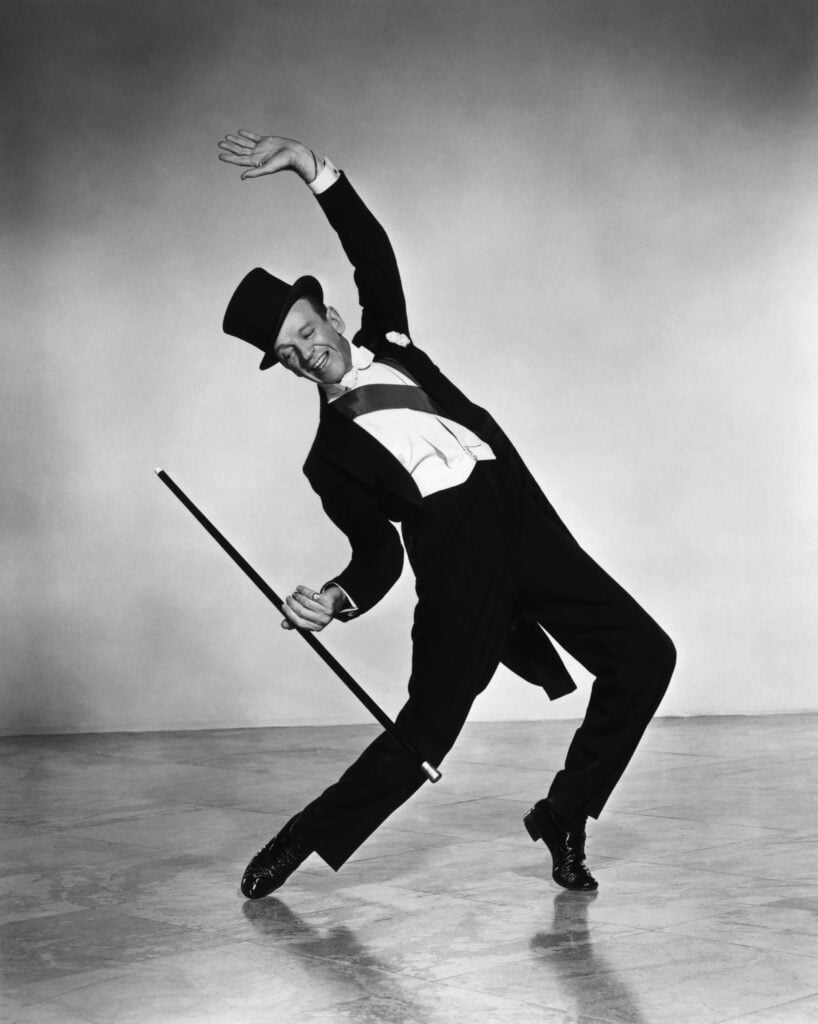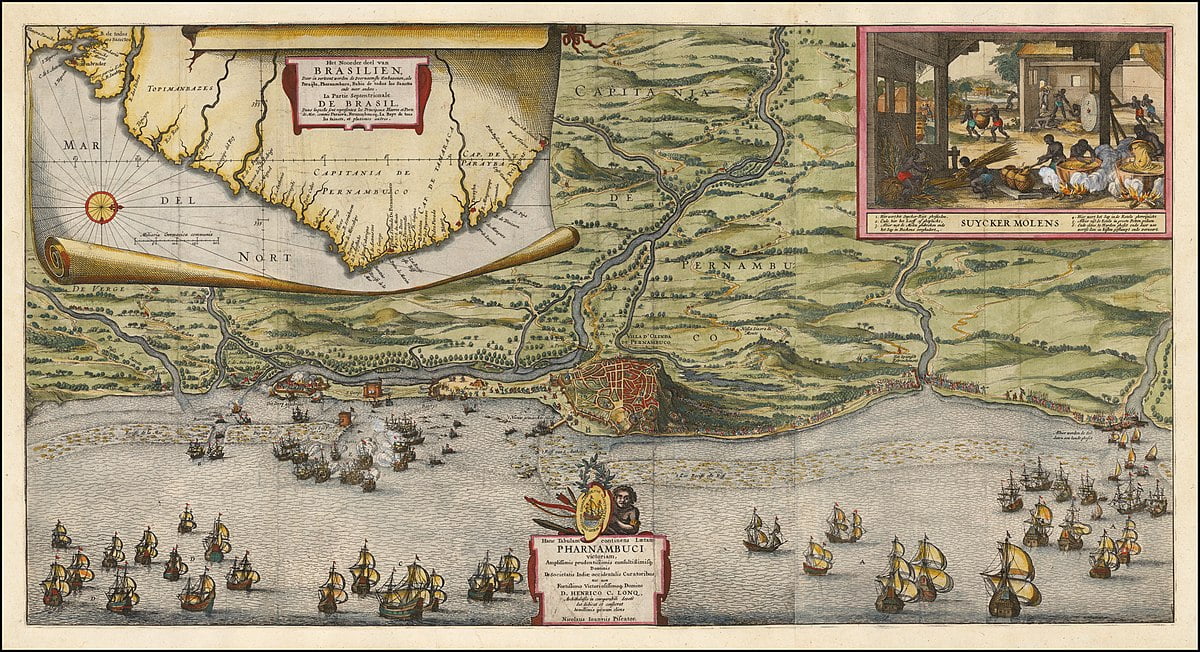Today, I'm going to delve into the fascinating history of jazz dance. Like ballet, jazz dance has played a fundamental role in understanding modern and contemporary dance styles. As we explore the world of jazz dance, it becomes evident that its varieties reflect the diversity of American culture. This dance form not only echoes the social history of the American people, but also reflects ethnic influences, historical events, and cultural changes.
African origins
To understand the history of jazz dance, it is crucial to go back to the origins of jazz music and jazz dance. Both have their roots in the rhythms and movements brought to America by African slaves. The African dance style involved earthy movements, bent knees, an emphasis on body isolation and rhythmic applause. This is just one example of the many tribal forms that were found throughout Africa.
When slaves were brought to America starting in the 17th century, they were cut off from their families, languages, and tribal traditions. However, this resulted in a unique cultural interaction where Africans of diverse origins created a new culture that incorporated both African and European elements.
Suppression and Changes
In 1740, the “Slave Law” prohibited slaves from playing African drums or performing African dances. However, this prohibition did not suppress the desire to maintain these parts of their cultural identity. Slaves adapted their traditions, incorporating elements such as gospel and tap dancing to replace the rhythms they lost.
The rhythms and movements of African dance, such as foot tapping, hand marking and rhythmic vocal sounds, were woven into what we now call jazz. African culture and history have left an indelible mark on jazz dance, despite challenges and obstacles.
Minstrel Shows and Difficulties
In the 19th century, white American artists began to appropriate the music and dance of enslaved people. The so-called “minstrel shows” were spectacles that mocked the lives of slaves and popularized African dance and music with white dancers as stars. This phenomenon is, today, clearly a problematic cultural appropriation.
These shows made it difficult for African-American dancers to gain prominence, even in shows that explored their own culture. Many African-American dancers migrated to Europe, where they introduced new forms of jazz music and dance.
The Great Migration and the Jazz Age
The Great Migration, which occurred after World War I, saw many African Americans from the southern United States move north in search of manufacturing jobs. They brought parts of their culture with them, helping to spread jazz from New Orleans to Chicago, New York, and then back to Europe.
During the 1920s, Dixieland jazz, with its frenetic rhythm and ragtime base, spread. Jazz dancing was directly linked to the musical genre, moving from the clubs of New Orleans to the big cities from the north and, again, to Europe.
The Birth of Charleston and Bill Robinson

In 1923, the Charleston was introduced and quickly adopted by Americans. It was a dance that brought elements of body isolation and beating of hands and feet, directly linking to the African origins of the dance. Around this time, Bill “Bojangles” Robinson, a black tap dancer, achieved worldwide fame with his clear, rhythmic performances.
Tap dance evolved from the Irish jig, incorporating limited body movements. Robinson's influence led to a change in the way tap steps were performed, moving from the entire foot to the toe, making the dance much lighter.
The Swing Era and Fred Astaire

In the 1930s, during the Great Depression, people sought refuge in dancing for cash prizes, dinners, and fun. Jazz music began to change with the introduction of Paul Whiteman's symphonic jazz, which brought an emphasis on syncopation.
African-American musicians such as Duke Ellington and Louis Armstrong originated swing dancing by focusing on percussion and allowing dancers to follow the beat. The swing era, also known as the big band era, brought popular dances like the Lindy Hop and Boogie Woogie.
In the 1920s, Fred Astaire rose to prominence in Hollywood, being the first to dance every musical note, synchronizing his steps to the music in an incredibly elegant way. His style combined elements of ballet with jazz movements, creating a graceful appearance in the upper body and a high-speed jazz performance in the lower body.
Changes in World War II
With the advent of World War II, jazz dance underwent significant changes. During the conflict, many men were mobilized for war, and women worked in factories, causing a drop in participation in social dancing.
Furthermore, jazz music began to adopt new styles, such as Paul Whiteman's symphonic jazz, which accentuated syncopation, making rhythms more complex for social dancing. As a result, dance halls and jazz clubs began to close.
Professional Jazz Dance
During the 1940s, jazz dance began to develop as a professional dance form. Inspired by classical ballet technique and modern body expression, jazz dance began to adopt a sophisticated artistic quality.
During this period, Jack Cole, known as the “father of theatrical jazz dance,” developed his technique. He studied ballet, modern dance and ethnic dances and, as a student at Denishawn Studios, began choreographing for nightclubs and Hollywood films.
The Television Era and Popularization
The arrival of television in the 1950s played a key role in popularizing jazz dance. Variety shows and musical specials have featured renowned choreographers such as Michael Peters, Jeffrey Hornaday, Lester Wilson, Madonna, Paula Abdul and Janet Jackson.
Michael Jackson, in particular, left a lasting mark on jazz dance with his innovative choreography and iconic videos. He collaborated with choreographers such as Michael Peters, contributing to the evolution of this dance form.
Featured Instructors
Frank Hatchet and Joe Tremaine are two instructors who have had a significant impact on the development of jazz dance. Frank Hatchet is known for his style that combines strength, funk and individual interpretation. His emphasis on selling performance became an important part of his legacy.
On the other hand, Joe Tremaine brought techniques from New York to the West Coast of the United States, developing what is known as “West Coast Jazz” or “LA Jazz.” His style is energetic, rhythmic and incorporates current musical trends.
Jazz Dance in the 21st Century
In the 21st century, jazz dance continues to evolve, merging with other dance forms such as hip-hop, ballet and modern dance. Major Broadway productions, like “Hamilton,” incorporate elements of jazz dance, proving its continued relevance.
It is important to recognize that jazz dance is a unique and distinctly American contribution to the art of dance. Its evolution reflects the rich mix of cultural influences in the United States, from African traditions to modern fusions of styles.
The history of jazz dance is a story of overcoming, resilience and innovation, marking its place in culture and art. As a form of expression, it continues to evolve and adapt, staying true to its roots while embracing the future. Jazz dance is a true jewel of American culture, embodying its diversity and inexhaustible creativity.
references
Jazz dance – Wikipedia, the free encyclopedia (wikipedia.org)
THE STORY OF FRED ASTAIRE – YouTube
Here's how Bill 'Bojangles' Robinson got his distinctive nickname – The Washington Post
Opera Mundi: Today in History: 1865 – USA makes the abolition of slavery official (uol.com.br)
Minstrel Show – Wikipedia, the free encyclopedia (wikipedia.org)




